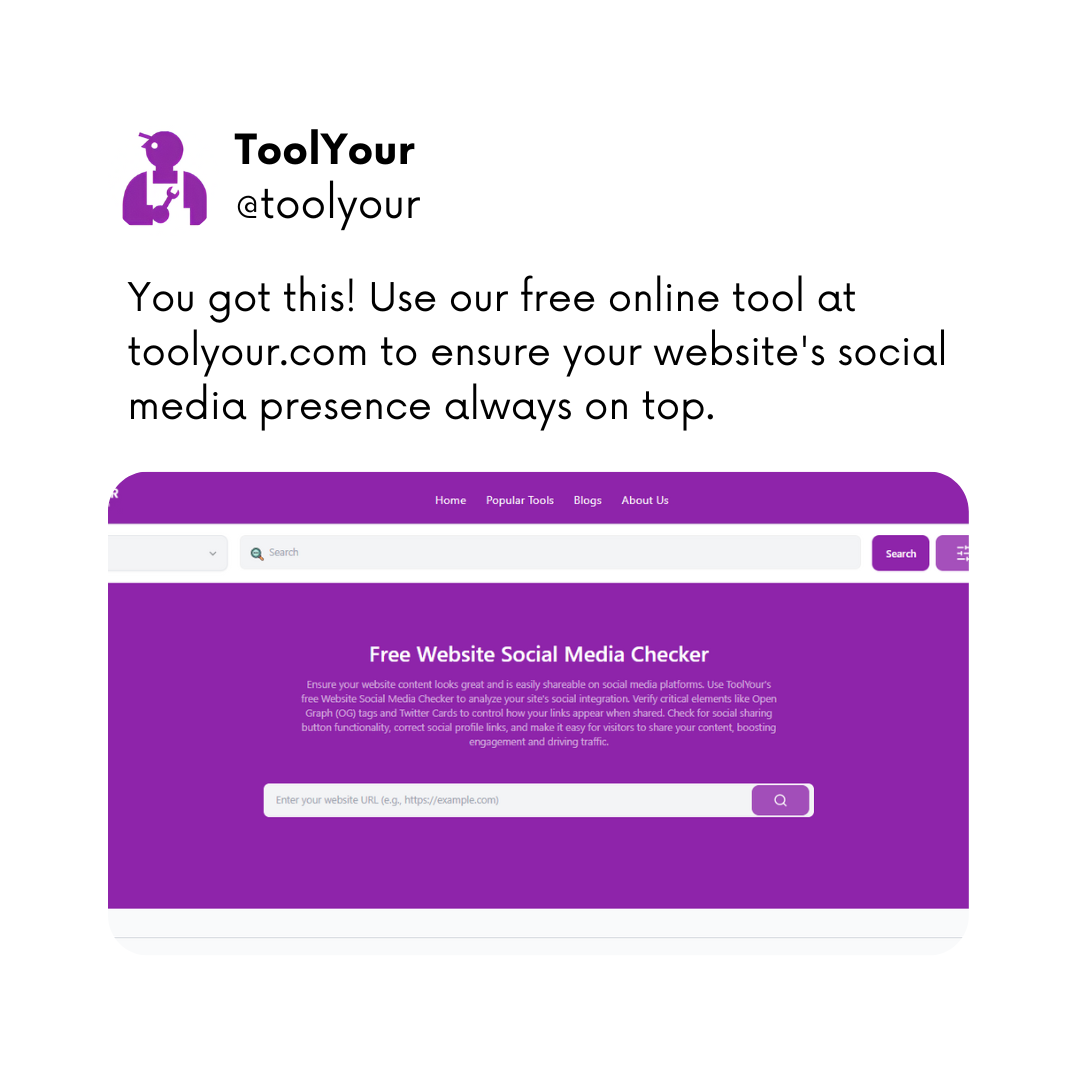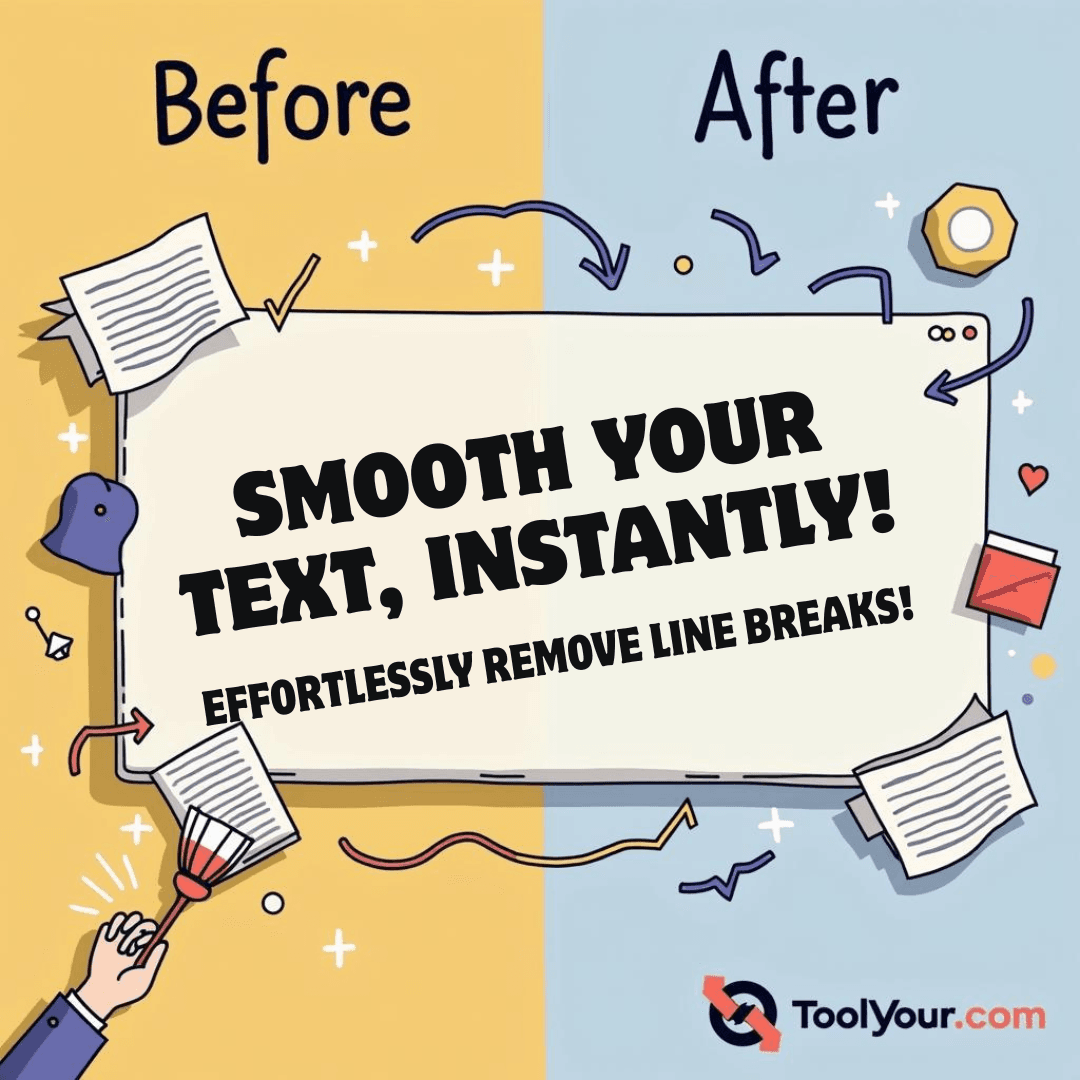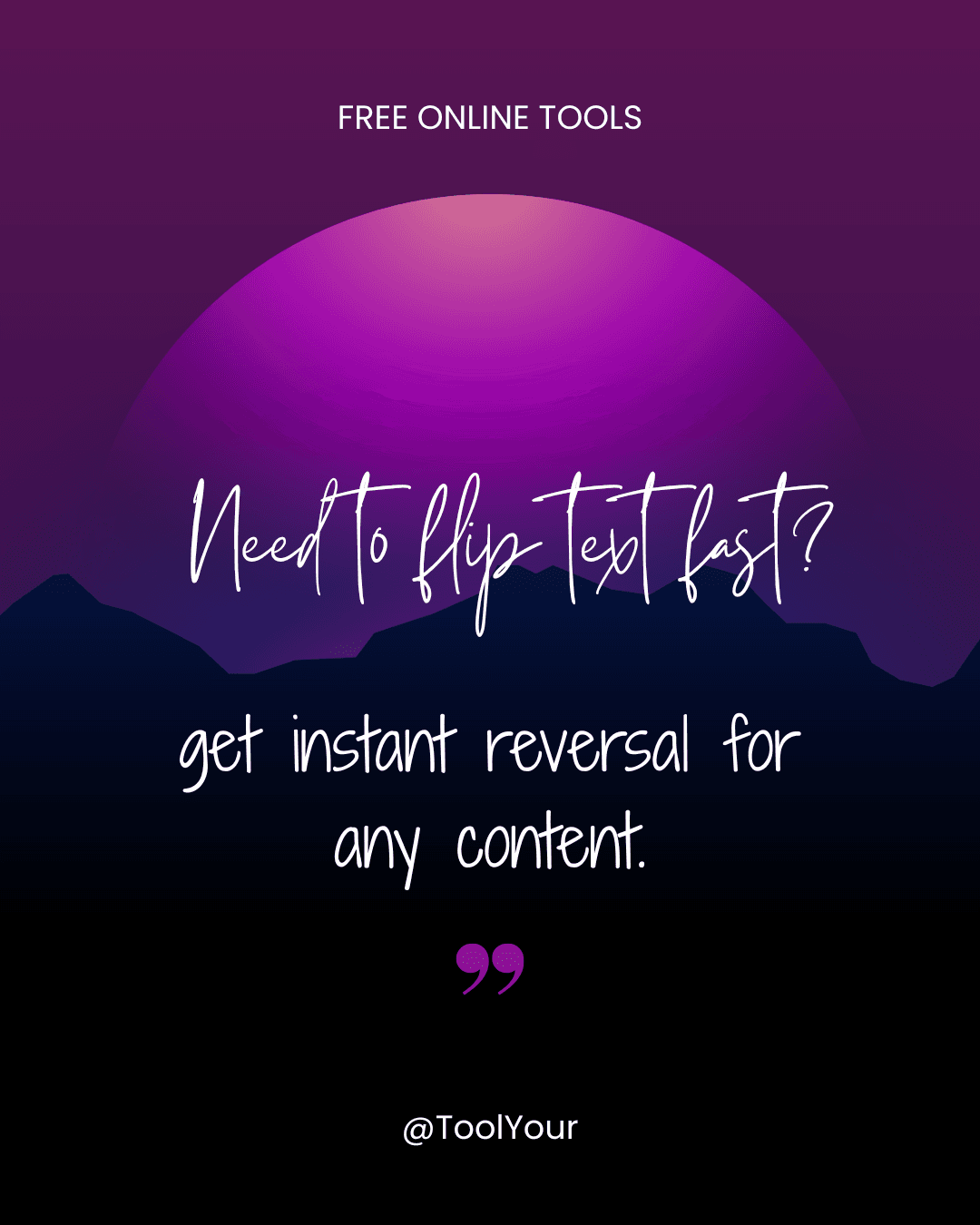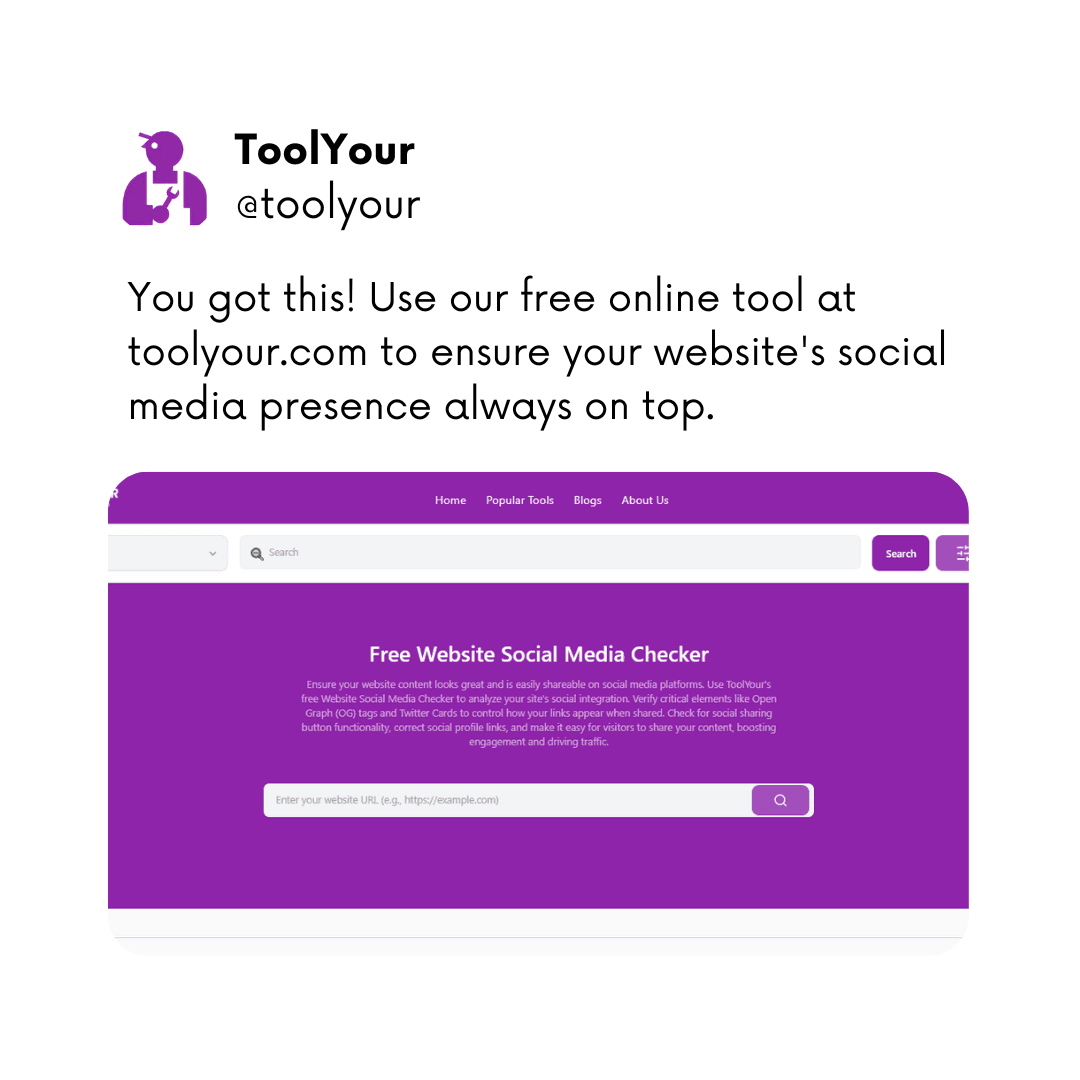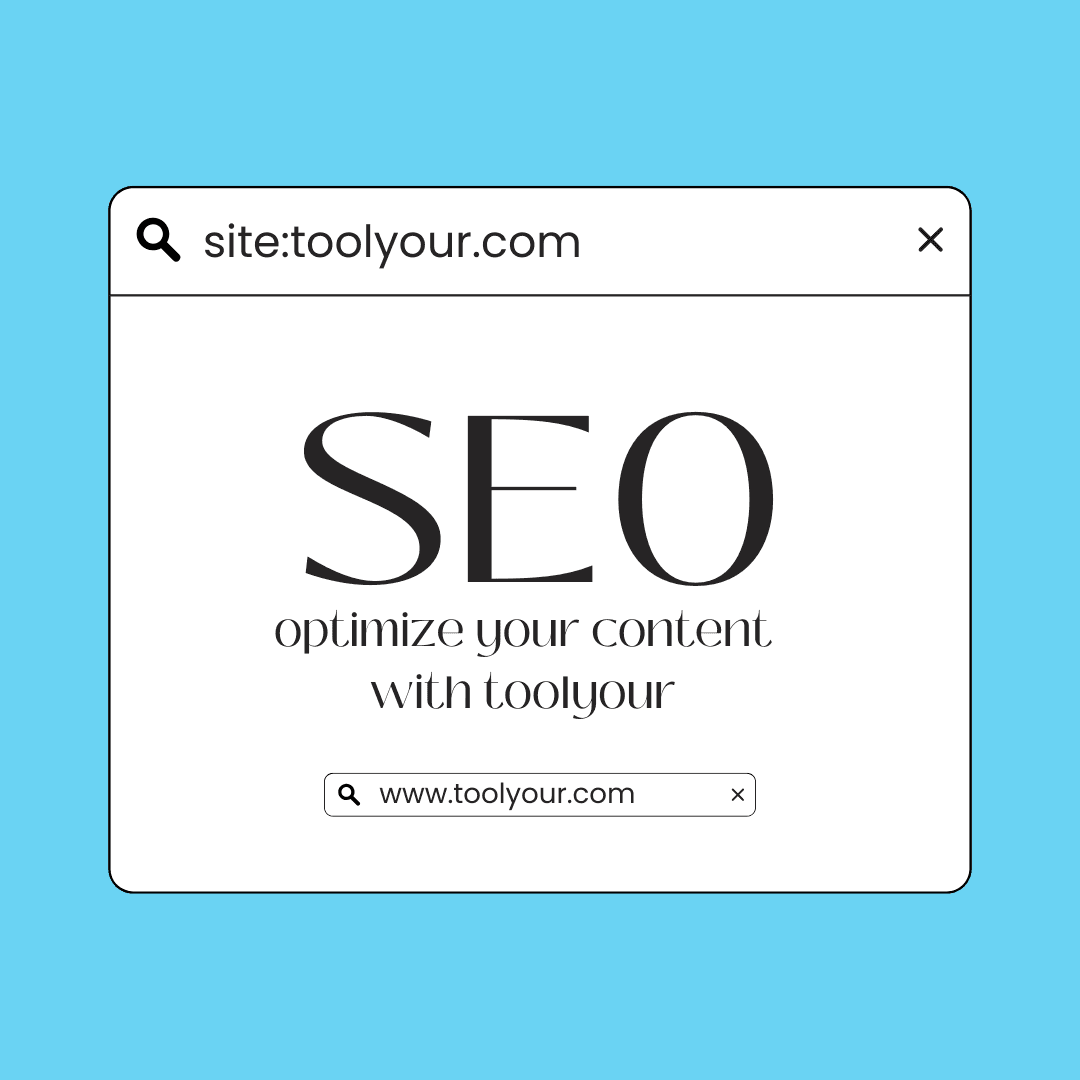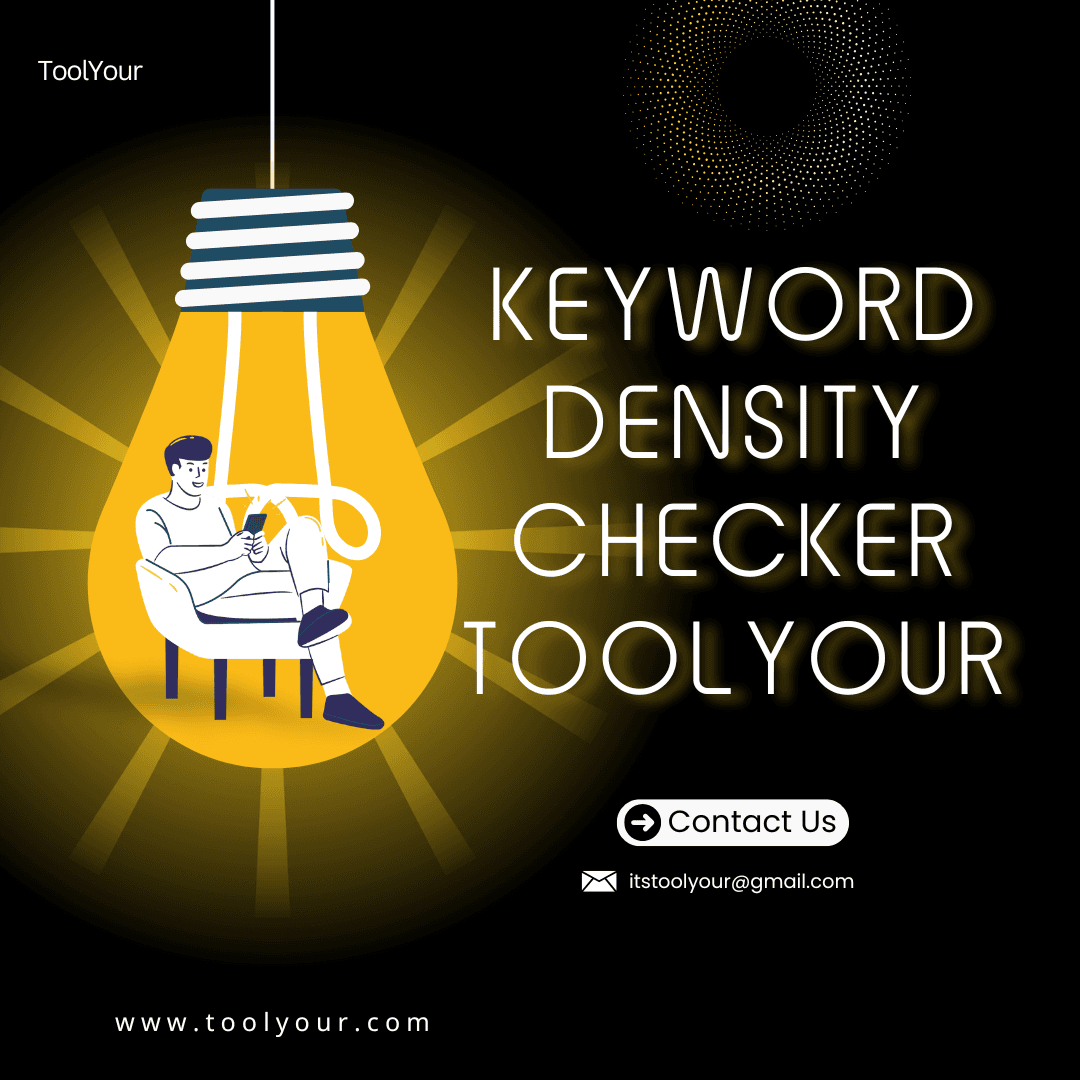Imagine your website as a brilliant speaker at a big conference. It has amazing stories to tell, valuable ideas to share, and important messages for the world. But what if, when it's time to share these stories on giant digital billboards like Facebook, Twitter, or LinkedIn, the message gets scrambled? What if the beautiful pictures you carefully chose don't appear, or the catchy headline gets replaced by something boring?
This is where your website's "social voice" comes in. It's how your website presents itself when its content is shared on social media. And just like a good speaker needs to make sure their microphone is working and their slides are clear, your website needs to ensure its social voice is strong and clear. This is why a Free Website Social Media Checker Tool is so incredibly helpful.
In this long and exciting story, we'll journey back in time to understand how people used to try and control their website's social voice. We'll learn why it became such a big deal, who came up with the smart solutions, and how these tools changed how we share things online. Then, we will proudly open the door to our very own, fantastic tool: the Free Website Social Media Checker Tool at ToolYour.com, and show you exactly how it can make your website speak clearly and powerfully on social media?
Chapter 1: The Early Days – Sharing Links in the Digital Wild West
Think back to the early days of the internet, before social media as we know it today. When you shared a link to a website with a friend, it was usually just the web address itself – a string of letters and numbers. Sometimes, a tiny bit of text might appear next to it if the website had a very basic "meta description" (a hidden summary for search engines).
What was sharing like before smart social media integration?
Bare Links:
Sharing a link was often just that: copying and pasting the URL. There was no automatic way for social media platforms to know what the page was about, what image to show, or what title to use.
Manual Descriptions:
If you wanted to make your shared link look nicer, you had to manually type a title, a description, and maybe even upload an image yourself. Imagine doing that for every single link you shared? It was a lot of work and meant that the person sharing the link had full control, not the website owner.
Generic Previews:
When social media platforms started appearing, they tried to be helpful. If you pasted a link, they would try to grab some information from the page. But often, the results were not good. They might pull a random image from the page (maybe a small logo or an advertisement), or they might pick the first few sentences as the description, which might not be the most appealing or accurate summary. This often led to messy or uninteresting-looking links.
Why was this a problem? The need for control?
As social media grew, becoming a huge way for people to discover new content and websites, website owners started to realize a big problem: they had very little control over how their content looked when shared.
Missed Opportunities:
If your link looked boring or confusing on social media, fewer people would click on it. This meant fewer visitors to your website, less chance to share your message, and fewer potential customers or readers.
Misleading Information:
Sometimes, the automatically generated preview might be completely wrong, showing an irrelevant image or a misleading description. This could confuse people or make your website look unprofessional.
Branding Issues:
Your website has a brand identity – a certain look, feel, and message. When your content was shared without proper images or titles, it weakened your brand's presence on social media.
Competition:
As more and more websites appeared, standing out became harder. A well-presented link on social media could make all the difference, grabbing attention amidst a sea of generic-looking posts.
The internet was growing fast, and the way websites talked on social media needed to catch up. Website owners desperately needed a way to tell social media platforms: "Hey, when someone shares THIS page, please show THIS picture, THIS title, and THIS description?"
Chapter 2: The Birth of Open Graph and Twitter Cards – Giving Websites a Voice
The growing problem of messy link previews led to some very smart solutions. Two of the most important developments were Open Graph and Twitter Cards. These were not "discoveries" by a single person in a lab; rather, they were brilliant ideas created by major social media companies to make sharing links much better.
The Rise of Open Graph Protocol (OGP): Facebook Leads the Way
The Open Graph Protocol (OGP) was introduced by Facebook in 2010. Facebook was already a giant, and they wanted to make sure that content shared on their platform looked as good as possible.
What was the idea?
Facebook wanted to turn every web page into a "rich object" in their "social graph." Imagine Facebook as a giant network connecting people and content. OGP was a way for website owners to clearly tell Facebook what their web page was about, so it could be displayed beautifully when shared.
How did it work? OGP uses special "meta tags" that website owners add to the hidden "head" section of their website's HTML code. These tags are like secret instructions for social media platforms.
og:title: This tag tells Facebook the exact title you want for your shared link.
og:description: This tag gives Facebook the summary you want to show.
og:image: This is super important? It tells Facebook which specific image to use for the preview. No more random images!
og:url: This confirms the permanent address of your page.
og:type: This tells Facebook what kind of content your page is (e.g., "article," "website," "video," "product"). This helps Facebook understand your content better.
The Impact of Open Graph:
OGP was a game-changer? Suddenly, website owners had a simple way to control how their content appeared on Facebook. This led to:
Beautiful, Consistent Previews:
Shared links looked professional and inviting, with the right title, description, and image.
Increased Clicks:
Attractive previews meant more people were likely to click on the links, driving more traffic to websites.
Improved Branding:
Websites could ensure their brand was consistently represented on social media.
Better User Experience:
Users on Facebook saw more relevant and visually appealing content in their feeds.
Because Facebook was so big, other social media platforms like LinkedIn also started to use the Open Graph Protocol. It became a widely accepted standard for how websites communicate with social media for sharing purposes.
Twitter Cards: Tailoring Content for Tweets
Not long after Open Graph, Twitter introduced its own special way of displaying rich content previews: Twitter Cards. This happened in June 2012.
Why did Twitter create its own?
While Open Graph was great, Twitter has a unique, short-form nature. They wanted a system that was specifically designed for their platform, allowing for even more control and richer experiences within a tweet.
How did they work?
Twitter Cards also use special meta tags, similar to Open Graph, but with a
twitter:prefix (e.g.,
twitter:card,
twitter:title,
twitter:description,
twitter:image).
Types of Twitter Cards: Twitter introduced different types of cards to suit various content:
Summary Card:
This is the basic card, showing a title, description, and a small image.
Summary Card with Large Image:
Similar to the summary card, but with a much larger, more prominent image, perfect for blog posts and news articles.
Player Card:
This amazing card allows you to embed video or audio players directly within a tweet, so people can watch or listen without leaving Twitter?
App Card:
This card is for apps, allowing you to link directly to your app store page and display app information.
The Impact of Twitter Cards:
Twitter Cards brought even more visual power to tweets:
Higher Engagement:
Tweets with rich media (images, videos) get much more attention and engagement than plain text links. Twitter itself stated that tweets with cards have a
43% higher engagement rate
than regular tweets with just links.
More Clicks:
Just like OGP, better-looking tweets led to more clicks back to the website.
Direct Interaction:
Player Cards were revolutionary, allowing people to consume media directly in their feed, making Twitter a richer content platform.
Customization for Twitter:
Website owners could fine-tune how their content appeared specifically for Twitter's unique environment. (Note: Twitter's system will try to use Twitter Card tags first, but if they are missing, it will often fall back to using Open Graph tags if they are present?)
Chapter 3: The Pre-Tool Era – The Pain of Manual Checks
Even with Open Graph and Twitter Cards, setting them up correctly wasn't always easy. And once you set them up, how did you know if they were working? Before automated social media checker tools existed, ensuring your website's social voice was perfect was a painstaking process:
The "Paste and Pray" Method:
The most common approach was simply to copy a link from your website, paste it into a social media post (like on Facebook or Twitter), and then see what popped up. If it looked good, great? If not, you had to go back to your website's code, try to figure out what was wrong, make changes, and then try pasting the link again. This was a lot of trial and error.
Debugging Tools (But Not for Everyone):
Facebook and Twitter did provide their own "debugging" tools for developers (like Facebook's Sharing Debugger and Twitter's Card Validator). These tools allowed you to input a URL and see how the social media platform would interpret your Open Graph or Twitter Card tags. However, these tools were often technical, requiring you to understand specific error messages, and they were platform-specific. You couldn't check Facebook and Twitter at the same time easily.
Asking Friends to Check:
Some website owners would simply ask friends or colleagues to share their links and report back on how they looked. This was highly inefficient and unreliable.
Manual Code Review:
For those who understood HTML code, they would manually open their website's page source and carefully check if the Open Graph and Twitter Card meta tags were present and correctly filled out. This was slow, prone to human error, and didn't actually show you the
result
of the tags, just their presence.
No Centralized View:
The biggest problem was the lack of a single place to see how your website looked across
all
social media platforms. You might have to jump between Facebook's debugger, Twitter's validator, and then manually check LinkedIn, Pinterest, and others.
This manual process was incredibly inefficient and frustrating, especially for websites with many pages or for people who weren't deeply technical. It often meant that website owners would simply ignore these important social media tags, leading to their content looking unappealing when shared. The need for a simple, all-in-one solution was clear.
Chapter 4: The Advent of Social Media Checker Tools – Your Website's Social Stylist
The frustration of manual checks and the growing importance of social media sharing eventually led to the development of dedicated Website Social Media Checker Tools. Just like with internal link checkers, these tools weren't invented by a single person overnight; they evolved as smart developers and SEO professionals realized the widespread need for automation.
The Evolution of the Tool:
Early Integrations:
The very first attempts at automation might have been simple scripts that would fetch a URL and try to extract the Open Graph and Twitter Card tags, presenting them in a more readable format.
Specialized Online Tools:
As the demand grew, more user-friendly online tools began to emerge. These tools allowed you to simply paste your URL and would then show you a preview of how your link would appear on different social media platforms. This was a huge leap forward?
Integration into Larger SEO Suites:
Major SEO software companies (like Ahrefs, SEMrush, Moz, etc.) also started including social media preview features as part of their broader website auditing tools. They recognized that social media appearance was a key part of overall website health and online visibility.
Real-time Previews and Debugging:
Modern tools offer real-time previews, allowing you to see exactly what your shared link will look like. They also identify missing or incorrect tags, acting like a helpful guide to fix any issues.
The Immense Benefits People Gained from These Tools:
The arrival of automated social media checker tools brought about revolutionary changes for website owners and marketers:
Instant Visual Feedback:
No more guessing? You could instantly see how your website's content would look when shared on different social media platforms. This was crucial for making quick adjustments.
Error Detection and Guidance:
These tools became expert detectives, quickly pointing out any missing or incorrect Open Graph or Twitter Card tags. They would often tell you exactly
what
was wrong and
how
to fix it, even if you weren't a coding expert.
Time and Effort Saving:
What used to take hours of manual checking and trial-and-error could now be done in seconds. This freed up valuable time for website owners to focus on creating great content or engaging with their audience.
Consistent Branding:
By ensuring the correct images, titles, and descriptions were pulled, websites could maintain a consistent and professional brand image across all social media platforms.
Increased Click-Through Rates (CTR):
Compelling and accurate social media previews lead directly to more clicks. More clicks mean more visitors to your website, more people seeing your products or services, and ultimately, more success for your online presence.
Improved Social Media Marketing Effectiveness:
These tools empowered marketers to craft highly effective social media campaigns. They could optimize their content for sharing, knowing exactly how it would appear to their audience, leading to higher engagement and better results.
Better User Experience:
When users see a clear, attractive, and relevant preview of a link, they are more likely to trust it and click on it. This creates a smoother and more enjoyable experience for them.
Understanding Social Media Algorithms (Indirectly):
While these tools don't tell you how social media algorithms work directly, they help you adhere to the best practices for social sharing that these algorithms favor. Platforms like clean, well-structured data.
In essence, the Website Social Media Checker Tool became the website owner's "social stylist," making sure every link shared was dressed perfectly for the digital stage.
Chapter 5: Your Website's Social Spotlight – The ToolYour.com Free Website Social Media Checker Tool
After understanding the long and important journey of how these tools came to be, we are thrilled to introduce our very own, super easy, and incredibly helpful tool: the Free Website Social Media Checker Tool from ToolYour.com?
You can find this fantastic tool and start using it right away here: https://www.toolyour.com/digital-tools/social-media-integration
We built this tool with a clear goal in mind: to make it incredibly simple for anyone to check and improve how their website looks when shared on social media, without needing to be a tech wizard. Whether you have a small personal blog, a growing business website, or just want to make sure your links are always presentable, our tool is here to help.
How Our Tool Works – Your Easy Guide to a Perfect Social Voice:
Let's walk through how our Free Website Social Media Checker Tool helps you get those perfect social media previews:
Your First Step – Enter Your Website Link: When you arrive at the tool's page, you'll see a clear text box. This is where you'll put the web address of the page you want to check. A Very Important Note? Please pay close attention to how you type or paste your link. You need to use the format
https://toolyour.com. Do NOT type or paste it aswww.toolyour.comorhttps://www.toolyour.com. If you do, our smart server might get confused and show you an error. We want you to have a smooth experience, so remember this little rule for the link format?Let the Tool Do its Magic – Click or Press Enter: Once you've carefully put in your website address using the correct format, simply press the "Enter" key on your keyboard, or click the "search icon" (it looks like a small magnifying glass) in the input field. Our tool will then quickly go to work, like a super-fast digital photographer, capturing how your page would look on social media.
Get Your Results – Graphical and Textual Analysis: After a very short processing time, you'll see your results appear. Our tool provides a mix of easy-to-understand pictures (graphical analysis) and clear explanations (textual analysis). This makes it simple to see everything you need at a glance.
Explore Your Social Voice – The Three Smart Tabs: To make things super organized and easy to digest, your results will be divided into three helpful tabs:
Tab 1: Preview (Your Integrated Social Media Card) This is the most exciting tab for many people? In the "Preview" tab, you'll see exactly how your website's link would look if someone shared it on a generic social media platform. This includes:
The Main Image:
You'll see the image that the social media platform would pull for your link. Is it the right one? Is it clear and appealing?
The Title:
Check if the title is exactly what you want people to see. Is it catchy? Does it accurately describe your page?
The Description:
Read the short summary that would appear. Does it make people want to click and learn more? This "integrated social media card" gives you an instant visual check. If anything looks wrong here, you know you need to adjust your Open Graph or Twitter Card tags on your website.
Tab 2: Open Graph (Details for Facebook and Others) This tab goes behind the scenes to show you all the specific Open Graph (OG) tags that our tool found on your website. Remember, these are the special instructions primarily for Facebook (and many other platforms like LinkedIn also use them?). You will see a list of the
og:title,og:description,og:image,og:url, andog:typetags.Why is this important?
This lets you confirm that your website is sending the correct information to social media platforms. If an image isn't showing up correctly in the "Preview" tab, you can check here to see if the
og:imagetag is present and pointing to the right image file. It helps you quickly pinpoint any issues in your website's code that might be affecting your social media appearance.
Tab 3: Twitter Card (Details for Twitter) Just like the Open Graph tab, this tab focuses specifically on the Twitter Card tags that our tool found on your page. These are the special instructions that Twitter looks for first when someone shares your link on their platform. You will see details like the
twitter:cardtype (e.g., "summary_large_image"),twitter:title,twitter:description, andtwitter:image.Why is this important?
This allows you to verify that your Twitter Cards are set up correctly for Twitter's specific needs. You can see which type of Twitter Card is being detected and if all the necessary information (like the image and title) is present and correct for Twitter's display. This is key for getting those engaging visual tweets.
Why Our Tool is Your Website's Best Friend (Even for Kids?):
We understand that technical things can sometimes feel like a puzzle. That's why we've put extra effort into making our Free Website Social Media Checker Tool as simple as possible:
Super Easy Language:
We use very plain and straightforward English words. You won't find confusing technical jargon here? We aim for a "6-band English" level, which means it's written in a very clear and easy way, so even if you're new to websites, or even a young person, you'll be able to understand exactly what's going on.
Clear Visuals:
The graphical analysis, like the "Preview" card, gives you an instant picture of your results. Sometimes, seeing is believing, and our tool makes it easy to "see" your social media presence.
No Technical Skills Needed:
You don't need to know how to code, or even understand what "meta tags" truly are. Our tool takes care of the complex parts and shows you the easy-to-understand results. If it points to an issue, you can simply share that with your web developer or follow a simple online guide to fix it.
Free for Everyone:
Yes, it's completely free? You can use it as many times as you like, for any page on your website, to make sure your social media sharing is always perfect.
Conclusion: Mastering Your Website's Social Story
From the humble beginnings of bare link sharing to the sophisticated, visually rich previews we see today, the journey of website social media integration has been incredible. The invention of Open Graph by Facebook and Twitter Cards by Twitter revolutionized how content appears on social platforms, giving website owners the power to control their narrative.
The challenges of manual checking eventually led to the development of automated tools, which quickly became indispensable for anyone serious about their online presence. These tools save time, reduce errors, and most importantly, ensure that your website's message is always clear, attractive, and engaging when shared across the vast social media landscape.
Our Free Website Social Media Checker Tool at ToolYour.com stands as a beacon for clarity and control. We've designed it to be your website's ultimate social stylist, ensuring every link you share is dressed to impress. By using our tool, you're not just checking code; you're empowering your website to tell its story beautifully and effectively to millions of people on social media.
So, don't let your website's social voice be a whisper in the crowd. Visit https://www.toolyour.com/digital-tools/social-media-integrationnow, carefully enter your website's link (remember the https://toolyour.com format?), and let our tool help your website shout its message loud and clear across all social media platforms! Make every share a perfect share.
